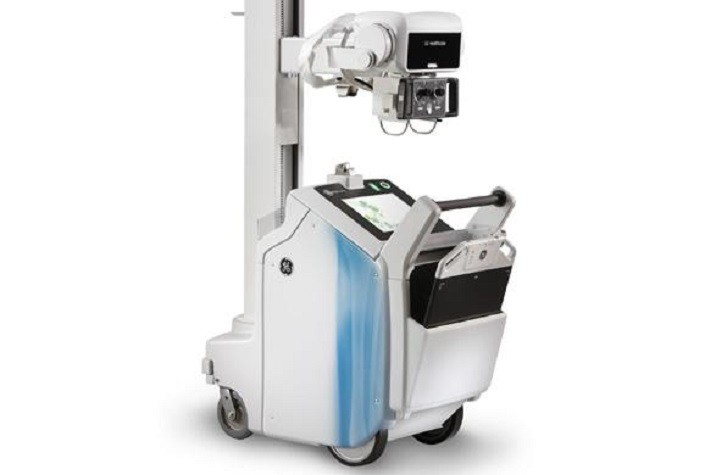Electricity Restoring Function & Replacing Drugs
A brain pacemaker is a medical device implanted into the brain to stimulate the nervous tissues with electric signals. These pacemakers are being used widely to provide treatment to the patients having neurological disorders such as Parkinson's disease, epilepsy, and others. Other than giving stimulation to the brain, pacemakers also play an essential role in stimulating the spinal cord. Brain pacemakers have been found to offer a safe and effective procedure that provides symptomatic relief to patients. Doctor puts the pacemaker under the skin on your chest, just under your collarbone. It’s hooked up to your heart with tiny wires.
Download Sample PDF Brochure Of Study, Click Here
How does Pacemakers work?
• A pacemaker uses batteries to send electric signals to your heart to help it pump the right way.
• The pacemaker is connected to your heart by one or more wires. Tiny electric charges that you can’t feel move through the wire to your heart.
• Pacemakers work only when needed. They go on when your heartbeat is too slow, too fast or irregular.
The Brain Pacemaker has already revolutionized the treatment of movement disorders and in the future will completely alter the management of other disabling conditions. Our AIMS are to learn exactly how electrical stimulation normalizes brain function, to develop better technology for the device and other neural prosthetics, test these systems for new conditions, and thus improve patient’s quality of life.






